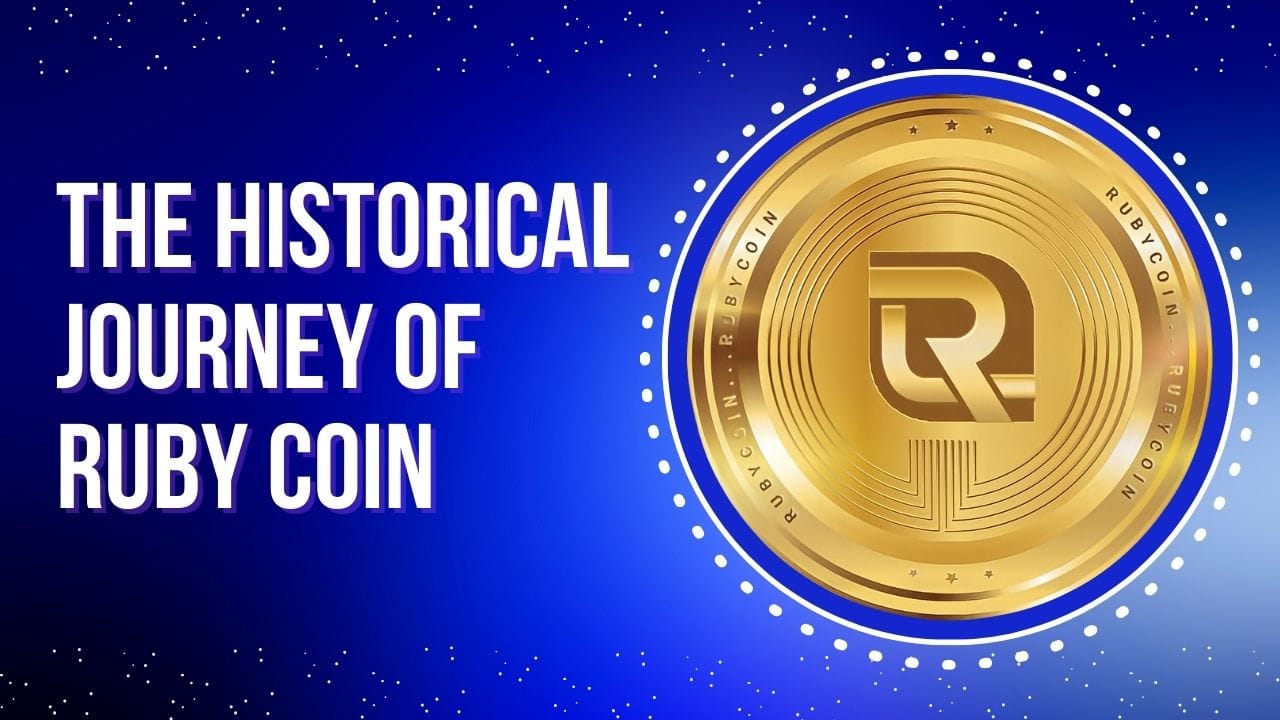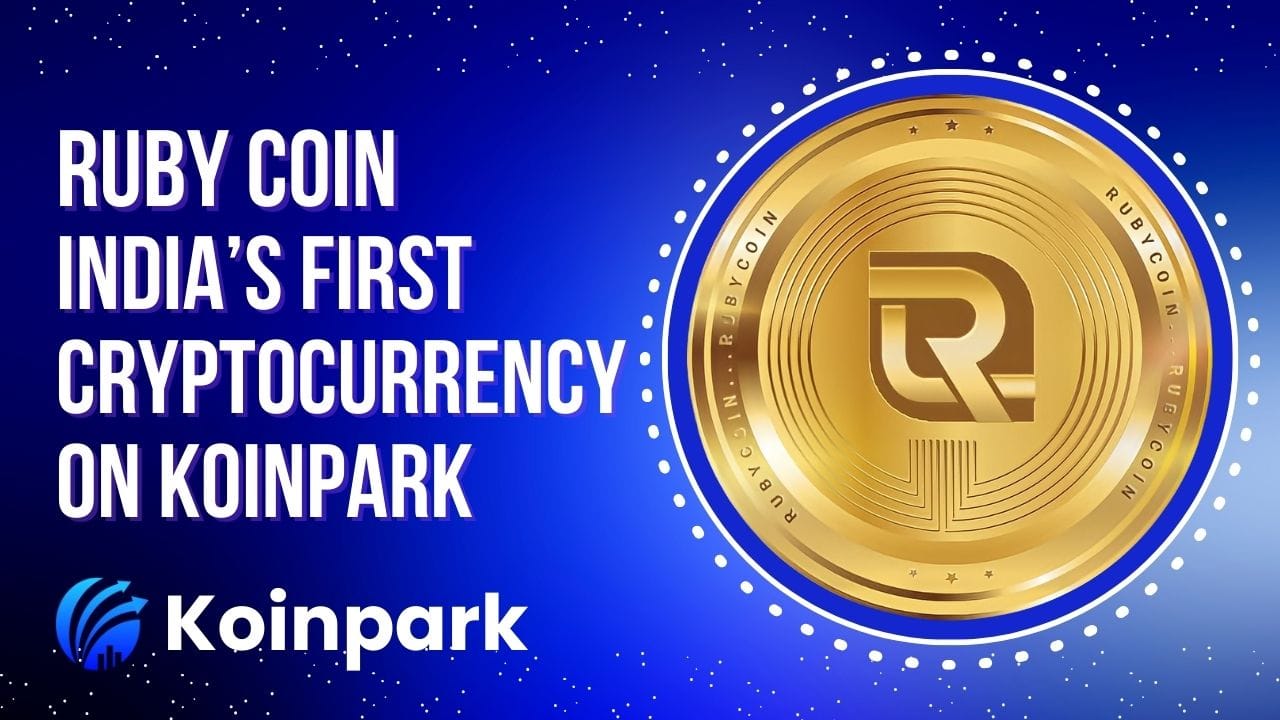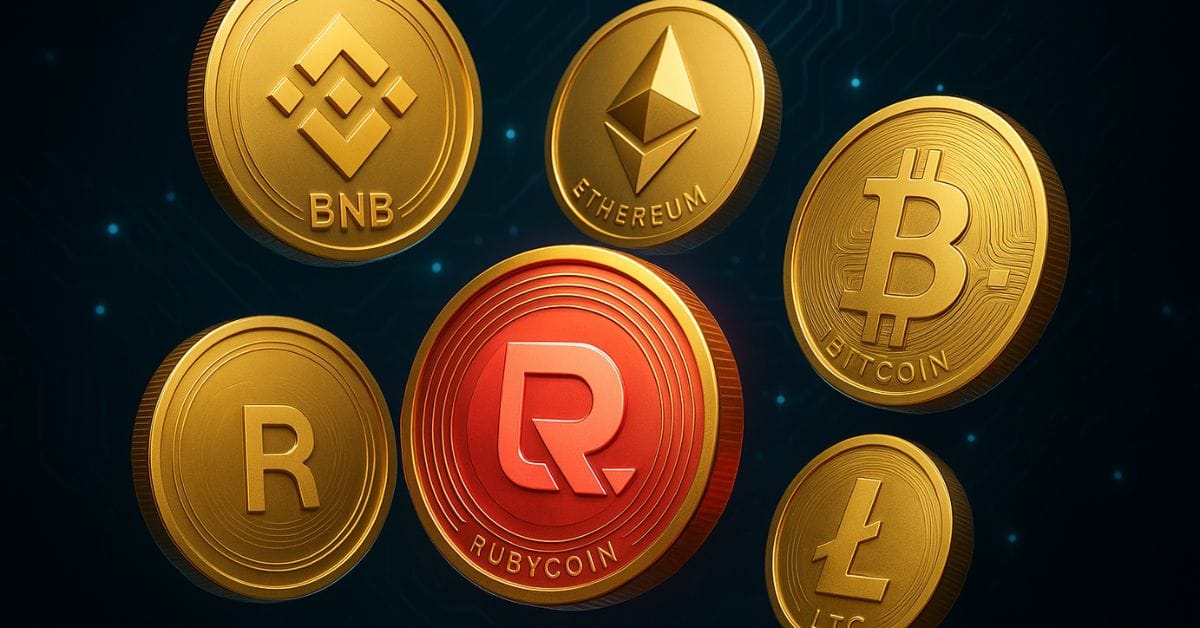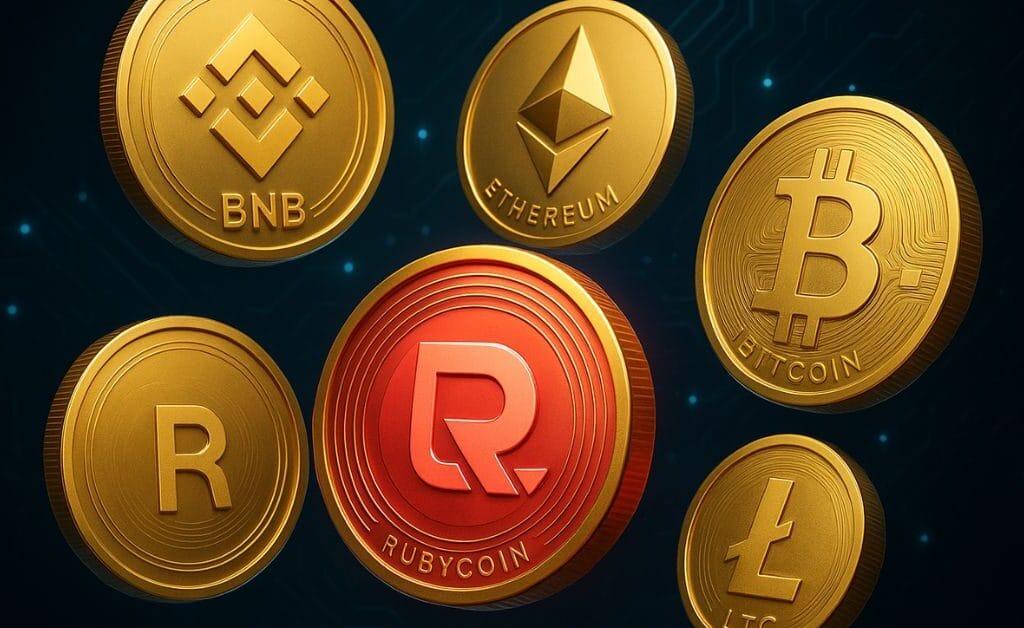Ruby Coin, an ERC-20 token, was launched on December 29, 2020, by its founder, Samir Keshri. From the very beginning, the project was designed to create a decentralized financial ecosystem that would offer users a secure and efficient way to transact in the crypto world.
During the initial 45-day ICO (Initial Coin Offering) period, the demand for Ruby Coin was extraordinary. A total of 20 million Ruby Coins were sold, and an additional 17,822,356 Ruby Coins were distributed as a bonus to all ICO buyers. This overwhelming response showcased the strong market confidence in the project and set the stage for its rapid growth.
Early Trading Success
On February 14, 2021, Ruby Coin became available for trading on the Vindax.com exchange at an opening price of $0.031 USDT. The success of its ICO led to 1,465 buyers forming their own network, which, within a year, expanded to an impressive 56,000 users. This rapid expansion indicated the coin’s potential to establish itself as a strong player in the cryptocurrency market.
However, as an ERC-20 token, Ruby Coin encountered substantial transaction fees, which started affecting its turnover. High gas fees on the Ethereum network became a challenge for many users, leading the community to seek alternative solutions. To address this issue, the founding team consulted with its core community and decided to transition Ruby Coin from the ERC-20 blockchain to the TRC-20 blockchain. This strategic move significantly boosted community growth and streamlined transactions by lowering transaction costs and increasing efficiency.
The Transformation to a Community-Driven Project
With this transition, Ruby Coin evolved from a simple cryptocurrency into a strong and growing community. This marked the beginning of its development phase. The transition to TRC-20 allowed for lower fees and faster transactions, making Ruby Coin more accessible and appealing to a broader audience.
During this period, Ruby Coin gained recognition on major cryptocurrency platforms, including CoinMarketCap and CoinGecko. Additionally, Binance also indexed Ruby Coin in its search engine, further solidifying its presence in the crypto space. This validation from prominent platforms reinforced investor confidence and encouraged further adoption.
At the same time, the developer community started working on building its own blockchain to support the long-term vision of Ruby Coin. The goal was to establish an independent ecosystem that would provide enhanced security, better scalability, and a wider range of functionalities for users and developers alike.
Expansion and Exchange Listings
As part of its expansion strategy, Ruby Coin was listed on another major exchange, Dex-Trade. This listing made it easier for users to trade Ruby Coin, increasing its adoption worldwide. The availability of Ruby Coin on multiple exchanges provided liquidity and greater trading opportunities for investors.
The most historic milestone in Ruby Coin’s journey came on September 26, 2023, when the Ruby Blockchain and Rubyscan Explorer were officially launched. This development leveraged cutting-edge blockchain technology, ensuring a robust and scalable ecosystem for future growth. The launch of Rubyscan Explorer provided users with a transparent and efficient way to track transactions, enhancing trust and credibility in the project.
Migration to Native Coin of Ruby Blockchain
At this stage, Ruby Coin had amassed nearly one million users. To ensure a seamless transition, all existing users were granted the right to migrate their holdings from TRC-20 to the native Coin in Ruby Blockchain. This migration process solidified Ruby Coin’s status as an independent blockchain entity, eliminating the need for reliance on third-party blockchains.
The migration process was carefully planned and executed, with the Ruby team providing extensive support to users throughout the transition. The Ruby Blockchain introduced several improvements, including enhanced security features, faster transactions, and a more efficient consensus mechanism.

Technical Aspects of Ruby Blockchain
The Ruby Blockchain, built on Proof of Authority (PoA) technology, continues to undergo consistent development. Detailed technical specifications of this blockchain are outlined in its official whitepaper. The PoA consensus mechanism offers a balance between decentralization and efficiency, making it an attractive option for enterprise applications.
The adoption of Ruby Blockchain has grown rapidly, with its user base now reaching 2.7 million. This blockchain has enabled various communities to create smart contracts, NFTs, and tokens, further expanding its network. Developers have used Ruby Blockchain to build innovative and practical decentralized applications (dApps), increasing its utility and real-world applications.
Strengthening Presence in the Indian Market
To strengthen its position in the Indian market, the Ruby community secured a listing for Ruby Coin on the Koinpark exchange. This move allowed Indian users to trade Ruby Coin easily using INR pairs, making it accessible to a wider audience of traders. The ease of trading on an international exchange has significantly contributed to Ruby Coin’s growing popularity in India.
India, being one of the largest markets for cryptocurrency adoption, has played a crucial role in the expansion of Ruby Coin. The listing on Koinpark provided Indian traders with a convenient way to buy and sell Ruby Coin using their local currency, further boosting its demand and adoption.
Security and Future Developments
Looking ahead, Ruby Coin has initiated the process of obtaining certification from Certik, a highly reputable blockchain auditing firm. A successful audit by Certik would enhance Ruby Coin’s credibility, making it more attractive for global exchanges to list it voluntarily. This step would also encourage widespread adoption by crypto investors worldwide.
Security remains a top priority for Ruby Blockchain. The development team continues to implement advanced security measures to protect users’ assets and maintain the integrity of the blockchain network. Regular security audits and updates ensure that the system remains resilient against potential threats.
The Future of Ruby Coin
Ruby Blockchain stands as a testament to India’s contribution to blockchain innovation. It offers not only low transaction fees but also one of the fastest transaction speeds in the industry. As a result, global blockchain users have begun to take notice of this emerging powerhouse.
With continuous advancements and increasing adoption, Ruby Coin is set to make a significant impact on the future of blockchain technology. The project’s roadmap includes further improvements to the blockchain infrastructure, strategic partnerships, and expanded use cases for Ruby Coin.
Conclusion
The journey of Ruby Coin is a remarkable story of innovation, adaptation, and community-driven growth. From its inception as an ERC-20 token to its transformation into a fully functional blockchain ecosystem, Ruby Coin has demonstrated resilience and vision.
As the blockchain industry continues to evolve, Ruby Coin remains committed to providing a secure, efficient, and scalable platform for users worldwide. With a strong foundation and a dedicated community, Ruby Coin is well-positioned to play a significant role in the future of decentralized finance and blockchain technology.
As Ruby Blockchain continues to grow and gain recognition, it stands as a beacon of India’s potential in the global blockchain revolution. The coming years will be crucial in determining its long-term success, but one thing is certain—Ruby Coin is here to stay and make a lasting impact on the world of cryptocurrency.













